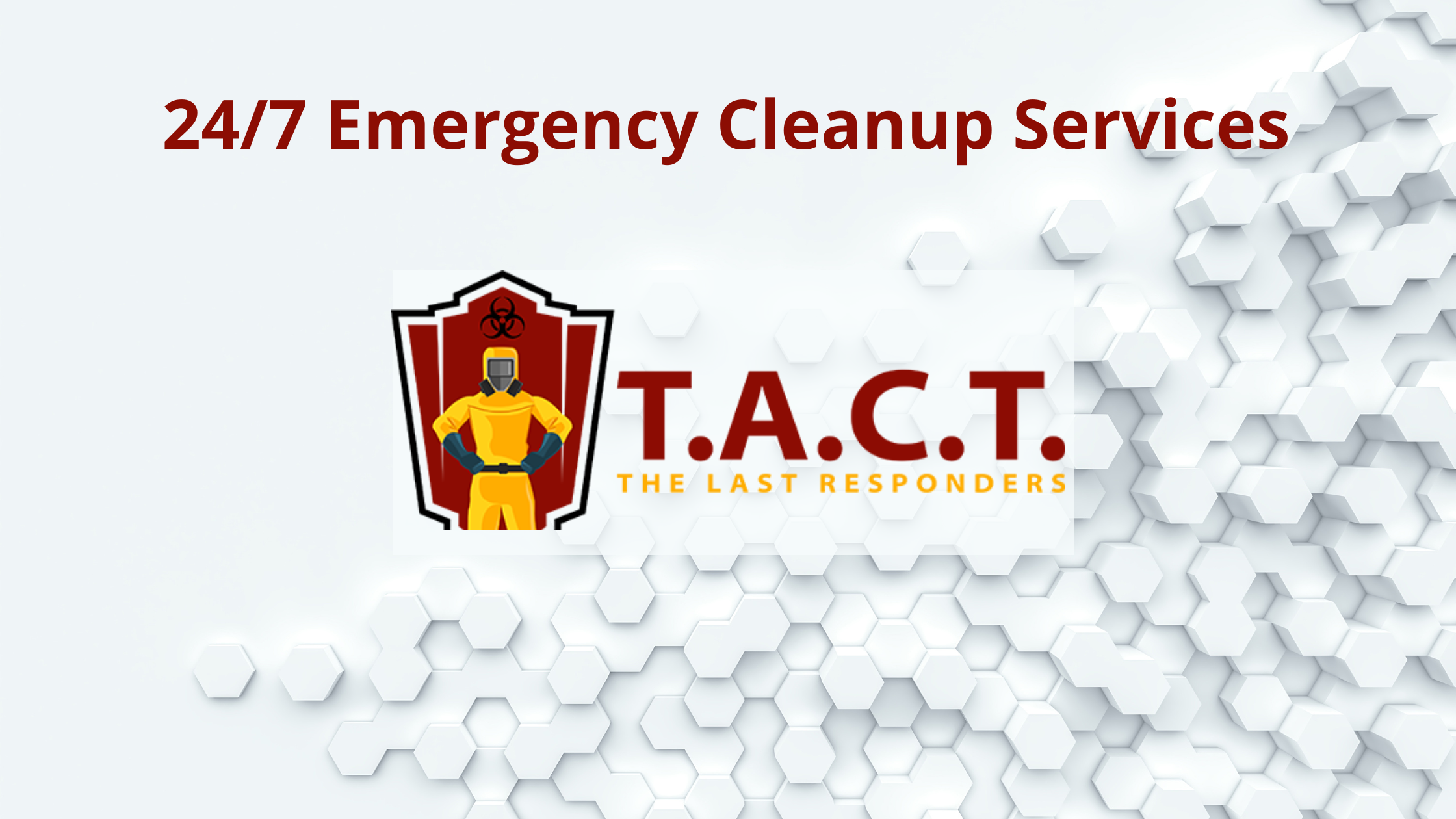Understanding Mold Growth and Prevention

How Does Mold Grow? Understanding and Protecting Your Home
Mold is more than just an unsightly nuisance that tarnishes your walls or ceilings. It can pose serious health risks to you and your family if not properly addressed. Associated with damp and poorly ventilated environments, mold is a type of fungus that releases tiny spores into the air, which can trigger allergic reactions and respiratory issues in many individuals. Mold growths indoors can be particularly hazardous for people with respiratory conditions or compromised immune systems.
This guide will help you understand how mold grows, the factors that promote its development, the health risks it poses—including symptoms that can mimic a severe cold—and practical steps to prevent and address mold issues in your home. Controlling mold growth inside by reducing moisture, repairing leaks, and maintaining proper ventilation is essential to protect your health.
Introduction to Mold
Mold is a living organism, a type of fungus that thrives in moist, humid environments. There are many different mold species, each with varying effects and environmental preferences. While it plays a vital role in breaking down organic material in nature, mold presence inside your home can lead to significant health concerns and property damage.
When mold spores are released into the air in large quantities, they can cause allergic reactions leading to health issues. These reactions can sometimes be severe, with symptoms such as sneezing, runny noses, red or watery eyes, and wheezing being common allergic responses to mold exposure. Prolonged exposure can exacerbate these issues or even lead to more serious respiratory conditions. Inhaling mold spores can cause allergic reactions leading to health problems, so understanding mold formation and prevention is important to protect your health. Given its potential impact, experts recommend controlling mold growth through regular maintenance and moisture management. Controlling mold growth by managing environmental factors like temperature, humidity, and moisture levels is essential for a healthy indoor environment.
Most molds grow best in warm environments ranging from 60 to 80°F with high humidity levels exceeding 60%. It’s this combination of temperature and moisture that makes many homes a haven for mold development, especially when water leaks, poor ventilation, or high humidity go unmanaged.
What is Mold?
Mold is a type of fungus that grows in the form of multicellular filaments known as hyphae. While mold is a natural part of the environment and plays a vital role in breaking down organic material outdoors, its presence indoors can be problematic. Mold thrives when it finds the right combination of moisture, organic material, and suitable temperatures—conditions often found in homes with high humidity or water leaks.
Indoors, mold growth can occur on a variety of surfaces, including wood, paper, fabrics, and even dust, as these materials provide the organic nutrients mold needs to grow. When mold grows inside, it not only damages building materials but can also release mold spores into the air, potentially causing health issues for occupants. Understanding the nature of mold and the factors that allow it to flourish is key to preventing mold growth and maintaining a healthy indoor environment.
How Mold Occurs
Mold growth begins when microscopic mold spores land on wet or damp surfaces. These spores, invisible to the naked eye, are always present in the air but only grow when they encounter suitable conditions. Surfaces and materials that commonly support mold growth include:
Roofs, pipes, walls, and plant pots damaged by water leaks or excess moisture.
Flooded areas where lingering water enables mold colonies to thrive.
Objects like plant pots, fabrics, carpets, carpet fabric and upholstery that commonly retain moisture.
Dust, paints, wallpaper, insulation, drywall, carpet, ceiling tiles, paper, cardboard, wood, fabric, upholstery, and other surfaces—these materials provide suitable nutrients and, when damp, facilitate mold growth.
Wet cellulose materials including paper, cardboard, ceiling tiles, and wood are especially vulnerable to mold, as they provide the nutrients and moisture needed for mold to grow. Insulation materials, drywall, carpet, and upholstery commonly support mold growth as well. Mold growing on these surfaces can be difficult to detect, especially in hidden areas.
Building materials such as drywall, insulation, cardboard, cellulose, wallpaper, and wood also provide the nutrients mold needs to grow. Dust, paints, and upholstery further increase mold’s ability to spread. Relative humidities above 70% and material equilibrium moisture contents create ideal conditions for mold growths. Humid air and high indoor humidity levels promote indoor mold growth, especially in cities in the United States with high humidity or frequent flooding.
Given its ability to survive in various environments, mold can easily make its way indoors through open doorways, windows, vents, and air conditioner units. Air conditioners and air conditioning systems can both introduce and help control indoor humidity; regular maintenance of these systems is important. Managing indoor and outdoor air is essential to prevent mold and condensation issues. Without regular cleaning and air quality management, these entry points and wet surfaces can encourage ongoing mold growth.
Molds play a natural role outdoors by breaking down organic matter, but are problematic indoors. Black mold is a particular concern in areas with water damage. The allergens it releases—mold spores—can cause health issues. The Florida Solar Energy Center provides recommendations for controlling indoor humidity and mold, including mold control strategies to prevent mold growth. If you need help with mold, professional services such as mold removal or forensic cleanup are available to address extensive problems and ensure thorough remediation.
Factors that Promote Mold Growth
Several conditions must align for mold to thrive indoors. Maintaining relative humidities below 60% is crucial, as most mold species require higher humidity to thrive. To effectively prevent mold, it’s important to recognize these contributing factors and address issues proactively.
High indoor humidity and humid air facilitate mold growth, especially when ventilation is poor or during seasonal changes. Most mold outbreaks occur when materials reach or exceed their material equilibrium moisture contents, making them susceptible to infestation. Different mold species have varying environmental requirements, such as specific temperature and humidity preferences, so understanding these differences is important to control mold growth.
Controlling indoor humidity, temperature, and moisture levels is essential to prevent mold growth and maintain a healthy indoor environment.
1. High Humidity and Moisture
Environments with high indoor humidity and humid air are key contributors to mold problems. High relative humidity levels (above 60%) create the perfect breeding ground for mold. Excessive moisture from leaks, condensation, or spills only heightens the risk. To prevent mold, it is recommended to maintain relative humidities below 60%.
2. Poor Ventilation and Air Circulation
Rooms with poor airflow trap humidity, making it easier for mold to develop. Differences between indoor and outdoor air, particularly in temperature and humidity, can also contribute to condensation and mold growth if ventilation is inadequate. Bathrooms, basements, and kitchens often experience this issue due to the increased presence of steam and cooking-related moisture.
3. Organic Material Availability
Common objects in your home, such as wooden furniture, cellulose materials including paper, cardboard, carpet, fabric, and upholstery, can become a source of nutrients for mold growth. These materials provide suitable nutrients for mold, especially when they become damp or wet.
4. Neglected Maintenance
Ignoring minor leaks, neglecting maintenance of the air conditioning system or air conditioner, or infrequent cleaning in damp areas can provide mold the opportunity to thrive undisturbed.
Health Risks of Mold Exposure
The risks of mold extend far beyond property damage. Mold growths can cause allergic reactions leading to health problems, and symptoms can often mimic a severe cold. Mold spores can trigger reactions leading to health issues, especially in sensitive individuals. Black mold is particularly dangerous due to the allergens it releases, which can cause allergic reactions and other health effects. Individuals with allergies, respiratory conditions like asthma, or weakened immune systems are especially vulnerable.
Common Health Effects Include:
Allergic reactions, such as sneezing, nasal congestion, and skin rashes. Mold can cause allergic reactions leading to more serious health issues, especially in sensitive individuals.
Respiratory problems, including asthma flare-ups or difficulty breathing for those exposed long-term. The allergens it releases—mold spores—can trigger allergy symptoms and worsen respiratory conditions.
Toxic reactions, caused by toxic mold varieties that release harmful mycotoxins into the air.
Left unaddressed, mold exposure may lead to chronic issues like fatigue, persistent headaches, and ongoing respiratory infections. Protecting your health means taking immediate action to prevent or eliminate any mold growth.
Cities Prone to Mold Growth
Some cities in the United States are especially prone to indoor mold growth due to their climate, building structures, and environmental conditions. Locations with elevated humidity levels, high rainfall, and warm weather create an ideal environment for mold proliferation.
Florida and other southeastern states with tropical climates rank highest for mold concerns, with the Florida Solar Energy Center recommending strategies such as dehumidification, HVAC optimization, and building pressurization to control indoor humidity and prevent indoor mold growth.
Urban areas with poor ventilation and substandard housing conditions are also at high risk.
Regions with poor air quality, due to pollution or dust, often face compounded mold problems.
For homeowners in these areas, regular inspections, preventive maintenance, and humidity control are non-negotiable steps to remaining mold-free.
How to Deal with Extensive Amounts of Mold
When faced with an extensive amount of mold in your home, it’s crucial to act quickly and methodically to prevent further damage and protect your health. The first step is to identify and eliminate the source of moisture—whether it’s water leaks, high humidity, or condensation—that is fueling mold growth. Without addressing this root cause, any mold removal efforts will be short-lived.
Next, contain the affected area to stop mold spores from spreading to other parts of your home. This can be done by sealing off the space with plastic sheeting and duct tape, especially if the mold growth is significant. Proper containment is essential to prevent mold spores from contaminating clean areas during the cleanup process.
For the actual removal, use specialized equipment such as HEPA vacuums and damp wiping techniques to safely remove mold from surfaces. Always wear personal protective equipment, including gloves, masks, and eye protection, to minimize exposure to mold spores and allergens it releases. After removing visible mold, thoroughly clean and disinfect the area to inhibit mold growth from returning.
In cases where the mold problem is widespread or deeply embedded in materials like drywall or insulation, it’s best to seek help with mold removal from a professional remediation company. These experts have the tools and experience to handle large-scale mold problems safely and effectively, ensuring that all mold spores are eliminated and preventative and curative measures are put in place.
Regular inspections and prompt attention to water leaks or high humidity can help prevent mold from taking hold again, keeping your home safe and healthy for everyone.
Help with Mold Removal
If mold has already appeared in your home, removing it safely and effectively requires professional intervention. Professional services may include mold removal or forensic cleanup, which are specialized approaches to handle hazardous or contamination-related cleanup tasks. If you need help with mold, it is important to seek expert assistance to ensure thorough remediation and safety. Professional mold removal or forensic cleanup services can not only rid your home of visible mold but also address the less obvious structural and air quality issues that mold creates.
Steps a professional mold removal service might take:
Thoroughly inspecting and identifying all areas of mold growth, including hidden regions like HVAC systems.
Removing affected materials like drywall or carpets if the mold is extensive.
Treating surfaces and the surrounding air to eliminate remaining spores.
Preventative measures, such as fixing leaks and controlling humidity with dehumidifiers, are equally crucial to long-term mold prevention.
Take Action Today to Prevent and Manage Mold
Preventing mold requires a two-fold approach: proactive maintenance and swift action when mold issues arise. Mold control strategies are essential to prevent mold growth. By controlling moisture, improving ventilation, and sealing leaks, you create an indoor space that is resistant to mold growth. Experts recommend controlling mold growth through regular inspections and moisture management, as well as maintaining proper humidity and temperature levels.
However, if you find signs of mold in your home, consider consulting a mold removal specialist promptly. The earlier you intervene, the easier it is to mitigate health risks and property damage through effective mold control.
If you’re concerned about mold in your home, T.A.C.T. North Atlanta is here to help. With expertise in mold removal, forensic cleaning, and prevention, we bring high-quality solutions customized to your needs. Contact us today to schedule a consultation and reclaim your home from mold.
Meta data
Meta title
Understanding Mold Growth and Prevention
Meta description
Learn how to manage mold with expert tips on its causes, prevention, and removal. Safeguard your home and health with this comprehensive guide.
Latest news

Nosy neighbors peeking? T.A.C.T. North Atlanta offers discreet biohazard remediation for rodent infestations, mold, hoarding, and more. Unmarked vehicles, quiet experts, full privacy—24/7 service at 470-781-4775.
Read More

